Imagine too! Towards the Future
by Patrick G. Kelley
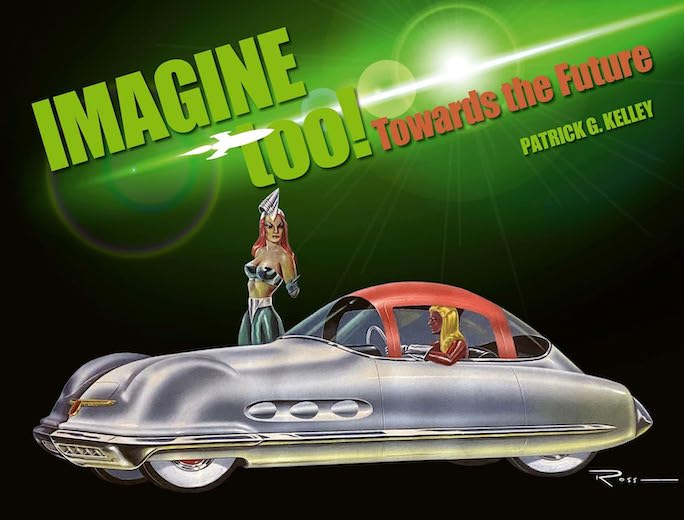
“Dreams of flying jetpacks, robot servants, and, of course, flying cars remain viable. While perhaps not exactly how we envisioned them, they will eventually appear in one form or another. But change, real change, requires change makers, be they politicians, activists or starry-eyed, dreaming entrepreneurs. We must always continue to encourage dreams, no matter what . . . and always continue to imagine.”
Say the title out loud and you realize too could also be read as two, which puts you on the right trail: there was indeed a volume one. It appears that author Kelley’s archive is not nearly tapped out so how would a volume three be titled? In fact, just about everything shown in this new book he acquired since publishing the first one so someone had better start thinking about this. Clever ideas don’t just happen . . . which is kind of the theme here.
Volume 1, incidentally, is already out of print (it came out in 2019/20, ISBN 978-1854433077) but can still be found new in some sellers’ stock. Subtitled Automobile Concept Art from the 1930s to the 1980s it showcased the work of 87 artists some of which are revisited in the new book subtitled Towards the Future. It features a larger number of artists (over 130 this time) and artworks (mostly not previously published) and is a good deal longer . . . meaning: don’t ruminate too long, especially if you want one of the only 125 numbered copies of the Publisher’s Edition ($225) that is autographed by artists George Camp, David McIntosh, Bill Michalak and Ken Vendley, and obviously the author.
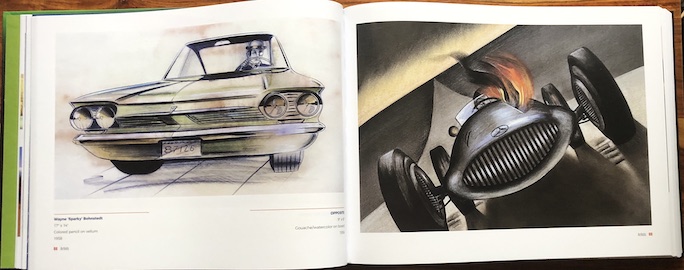
The one on the right surely started out as a concept car at one point but this 1956 illo is “just” art for art’s sake. Those flames, though, coming out of a big slot on the hood, ahead of the driver . . . what was the artist thinking??
Despite the different subtitles the two books are similar in approach/scope and certainly presentation. The author’s Preface to Vol. 1 says quite a bit more about his path to collecting this type of art and it also puts a sharper point on why he is not only drawn to amassing it but now writing about it: he pegs the number of discarded/destroyed/lost work at 98%. Over 700 pieces are in just this one book so do your own math.
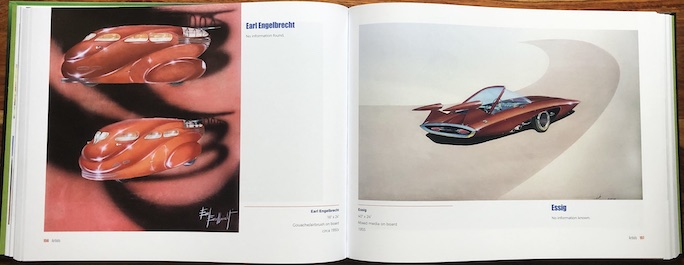
It’s just as well that some things never get made, don’t you think? Would we really want to be driving . . . this?
The Foreword is by GM’s former Vice President of Global Design Ed Welburn who after retiring in 2016 started a design consultancy. As a working designer he speaks with authority about the role of creativity but what he doesn’t say, and wouldn’t be comfortable saying, is that as a corporate man he could also speak with authority to the futility of car design that is untethered from technology that is “achievable” in an ordered universe, never mind financially viable. The reason for making that remark is to prepare the academically inclined reader that the book is not meant to provide learned commentary on matters of sociology, culture and psychology, or even manufacturing—in other words, the question of WHY the majority of the colorful, artistic, creative ideas on parade here have not yet materialized is left dangling.

Worlds collide. George and Jane comparing notes with Fred and Wilma. While the Flintstones’ powerplant is easy enough to grasp, even if implausible, we know nothing—the fancy “engineering” drawing notwithstanding—about the Jetsons’ apparatus except that it uses fuel pellets and that somehow radium is involved. This is one of the four fold-outs.
Realistically, though, no one book could conclusively cope with such complexity! Kelley considers his role as that of caretaker (by keeping the artwork from the shredder) and promotor (by showcasing it). Consider, too, that both books include work by artists of whom nothing definitive is known, be it biographical or professional or even basic vital stats or spelling of their name! Speaking of names, many will be known only to design insiders but a few are practically household names: Michelotti, Tremulis, Loewy, Exner, or Gale (if not as Chrysler Head of Styling then designer of the Lamborghini Diablo). Most of the work here is by Americans, and almost all of it is for American clients.
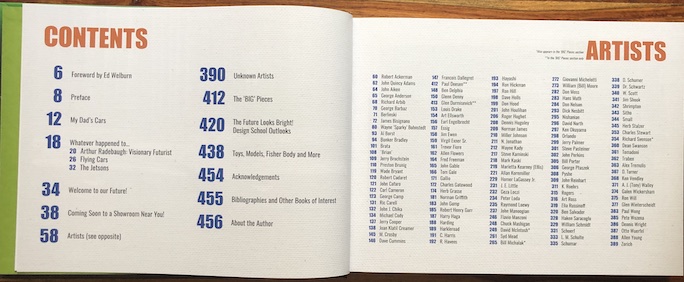
As before, the Table of Contents—chapter titles on one side, artists names on the other—takes the place of an Index. The landscape format (there are even four fold-outs) is ideally suited to the illustrations. The discussion of concept cars in the form of toys and studio models/sculptures adds another dimension. All artifacts are shown in their as-is condition i.e. with whatever blems they may have acquired over the years. Kelley collects pieces as large as outdoor billboards but most here are drawing-pad size. Budding collectors will be pleased to see each state the size, medium/technique, and year (if known) of creation.
Preceded by a brief glossary of drawing terminology the artists are presented in alphabetical order and are introduced with whatever biographical info is known or pertinent. This can take as much as the better part of a page to as little as “No information known.” Cars dominate but there also are scooters, trucks, flying cars, boats, close-ups of various kinds, a few technical drawings, and even a proposal for a Firebird decal.
It seems absurd to think that anyone looking at this book would be in a rush “to get through it.” There are 1001 things to discover—but you have to take the time to spot them! Try this one:
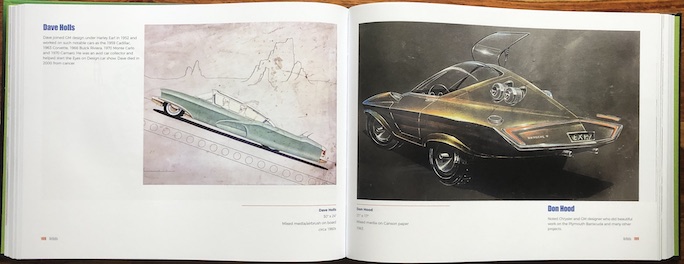
Both of these machines have a very American flavor but the one on the right has a “Porsche V” badge. Yeah, right. And what do the occupants on the left need space helmets for?? And why is the car on a ramp?? Is it about to be catapulted??
Copyright 2023, Sabu Advani (speedreaders.info).


 RSS Feed - Comments
RSS Feed - Comments
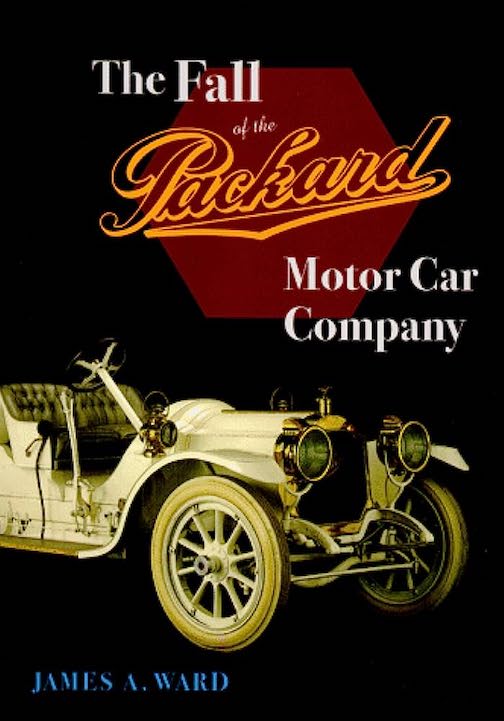
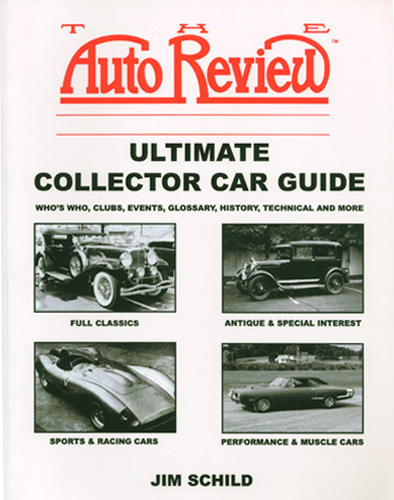
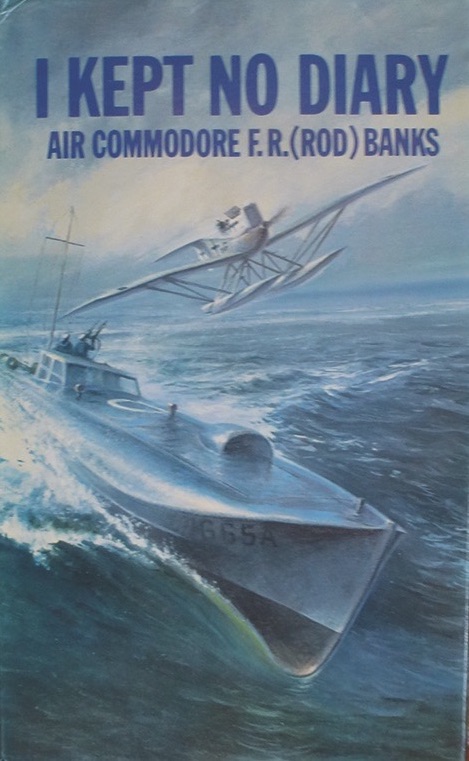




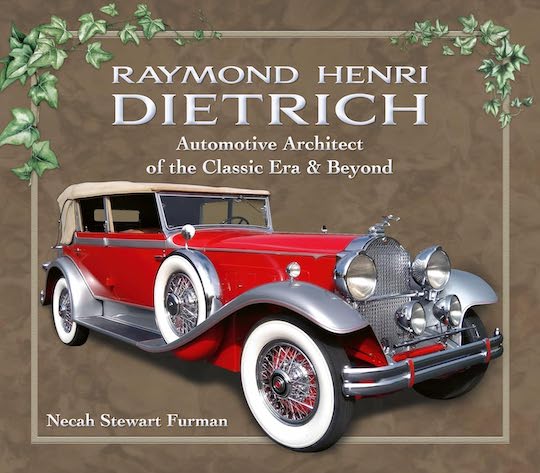


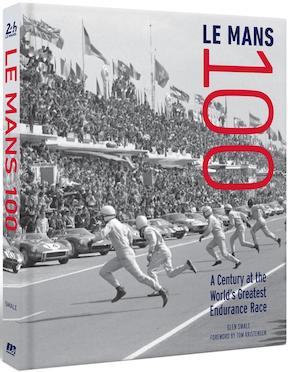




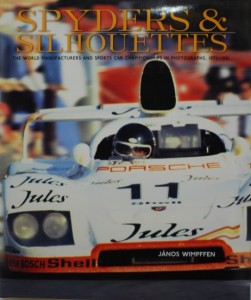



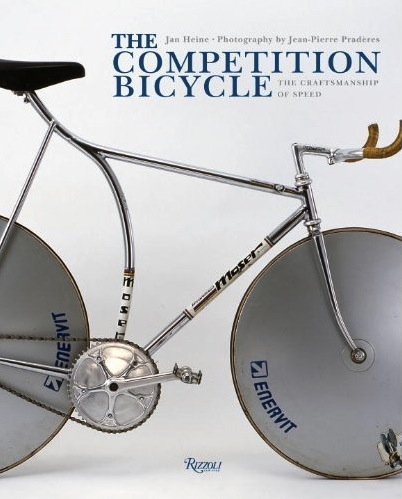
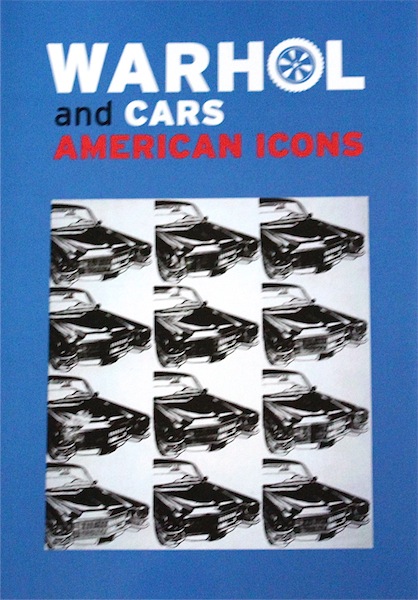




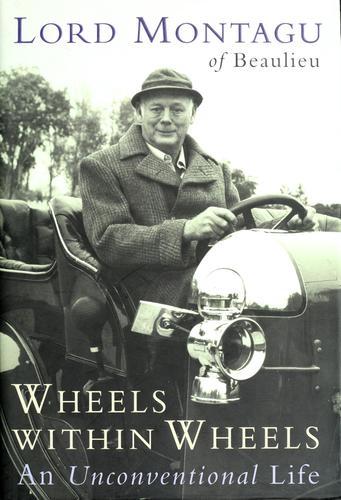








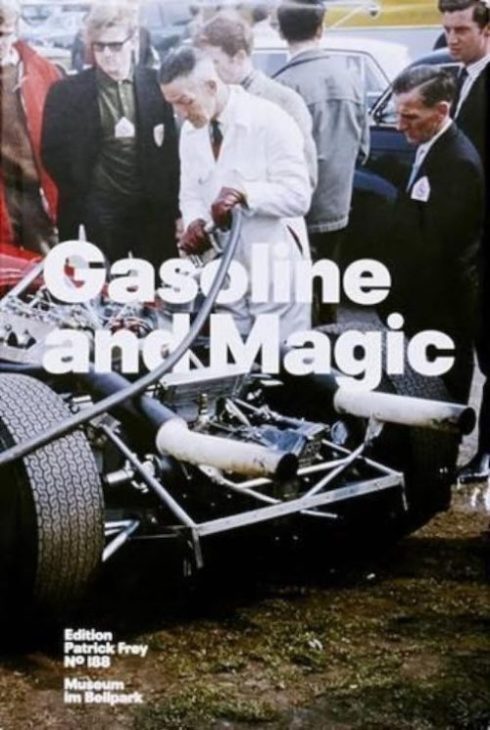


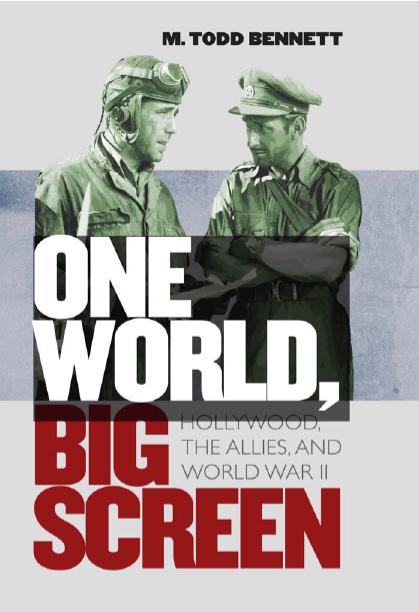



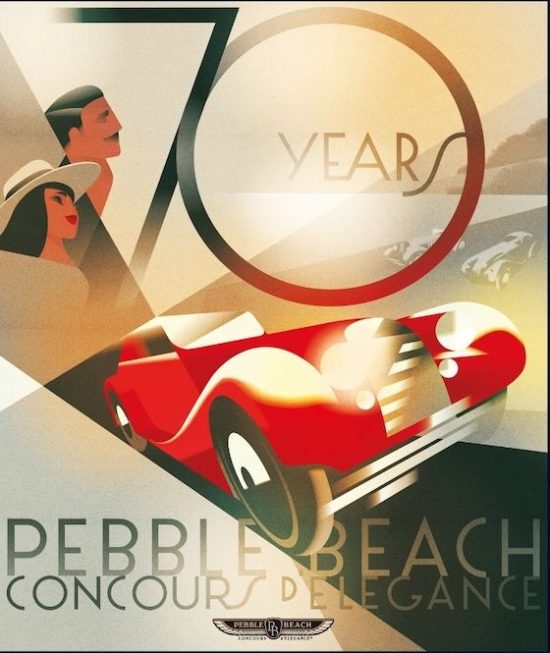
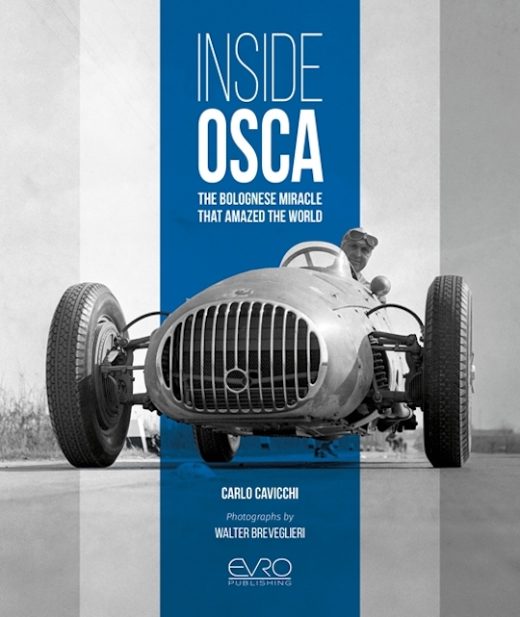
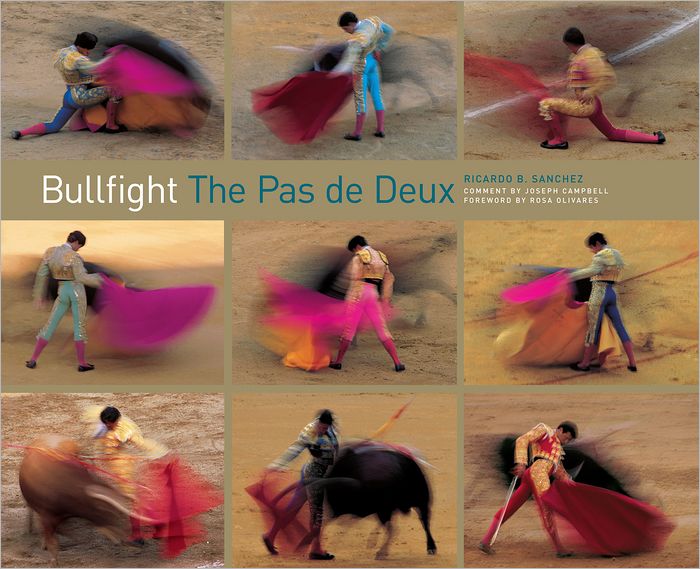
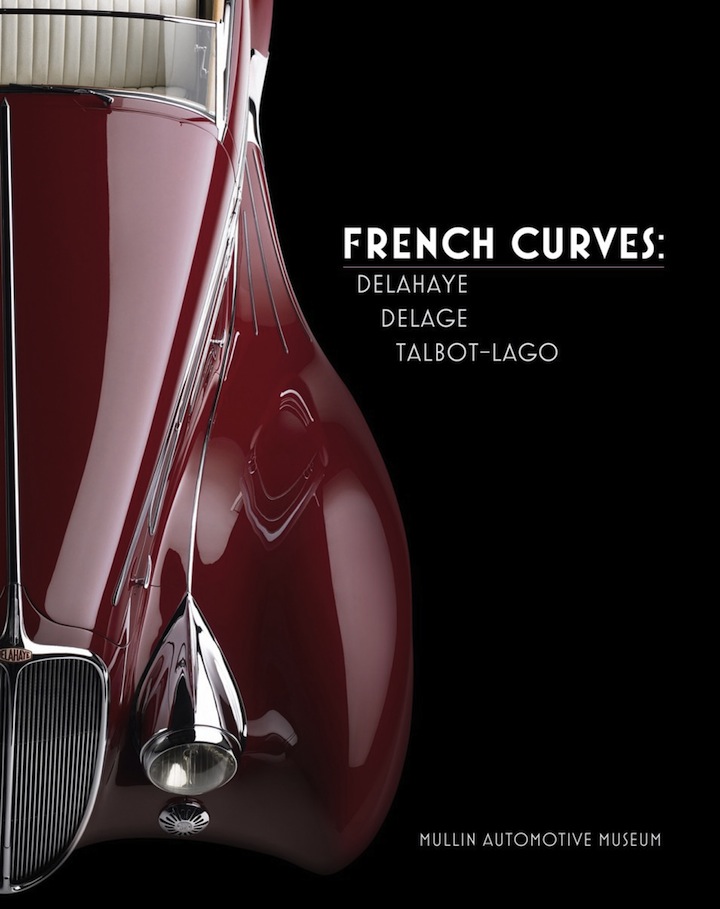
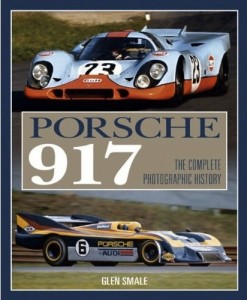
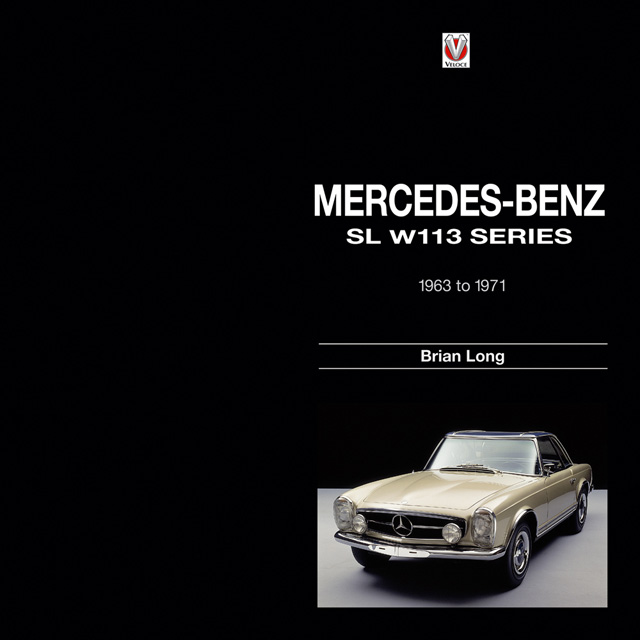



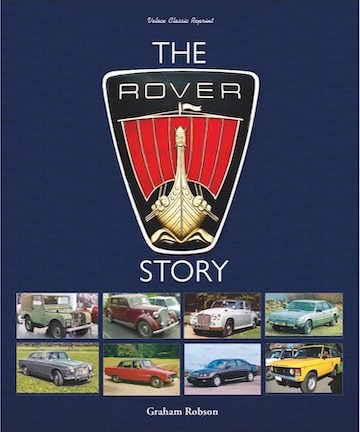
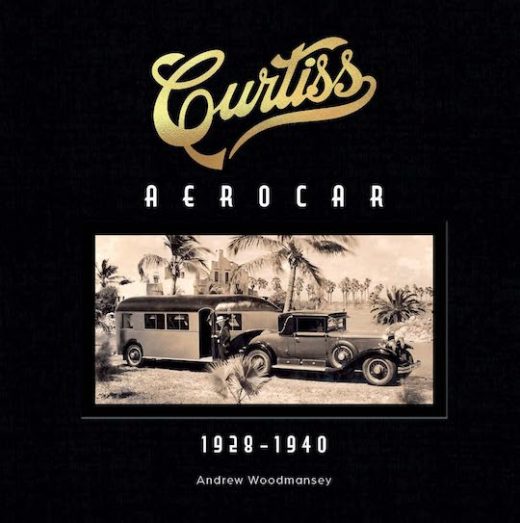

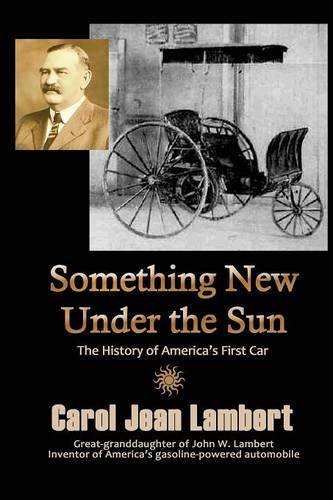
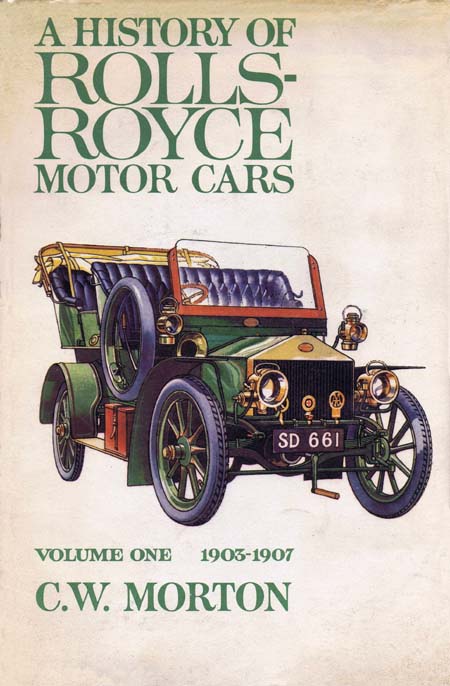
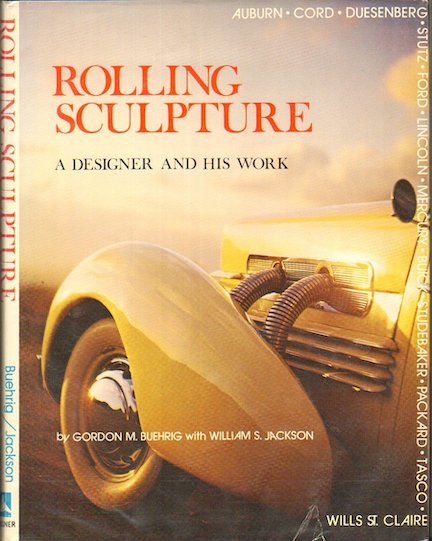



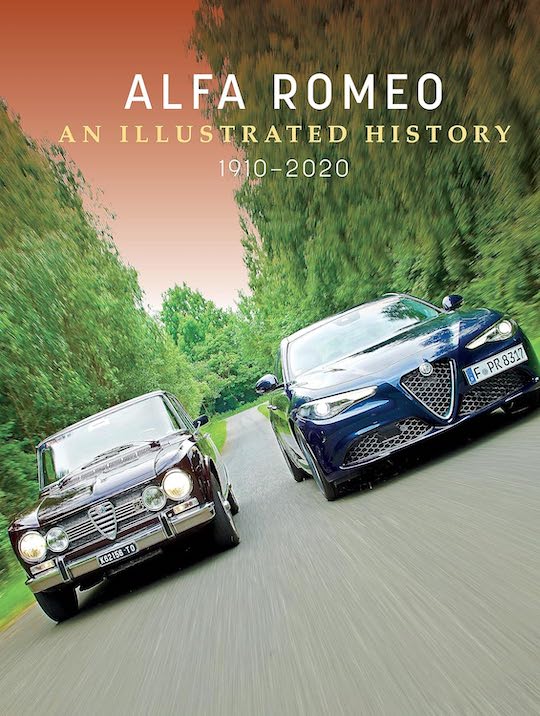

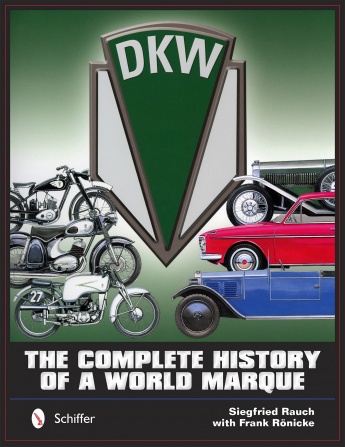


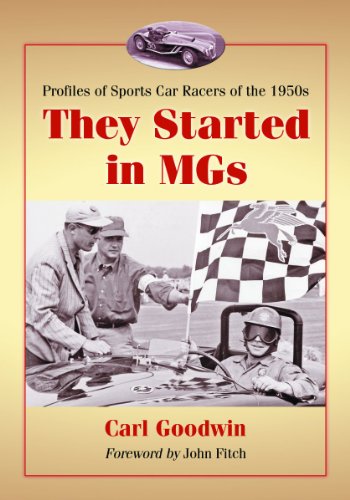


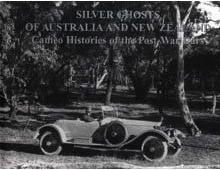


 Phone / Mail / Email
Phone / Mail / Email RSS Feed
RSS Feed Facebook
Facebook Twitter
Twitter